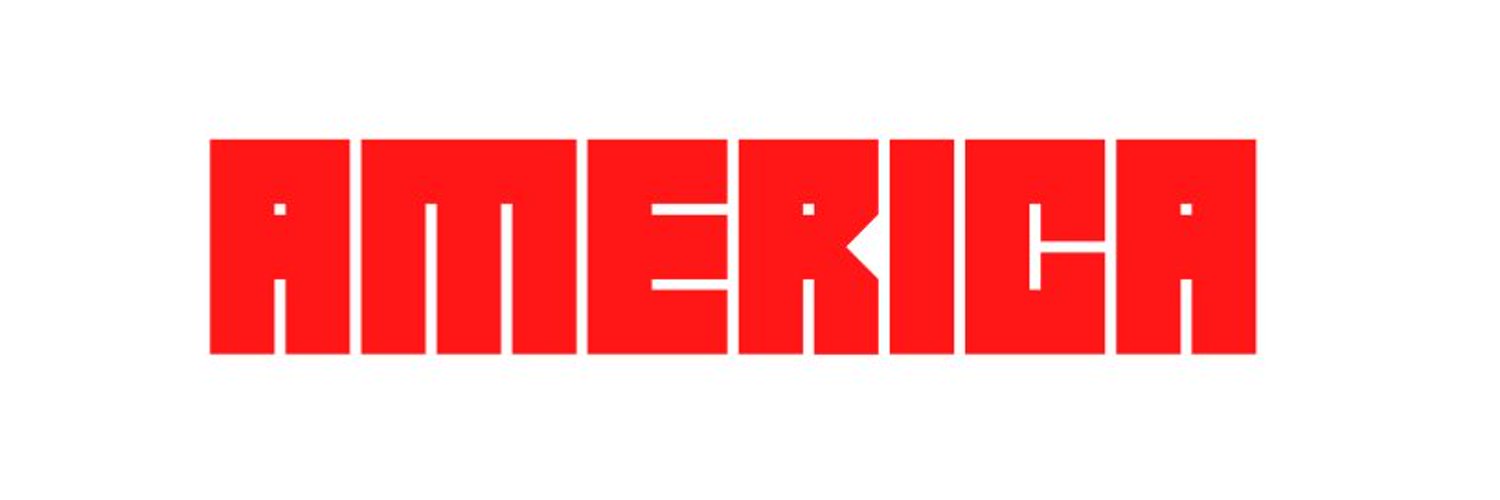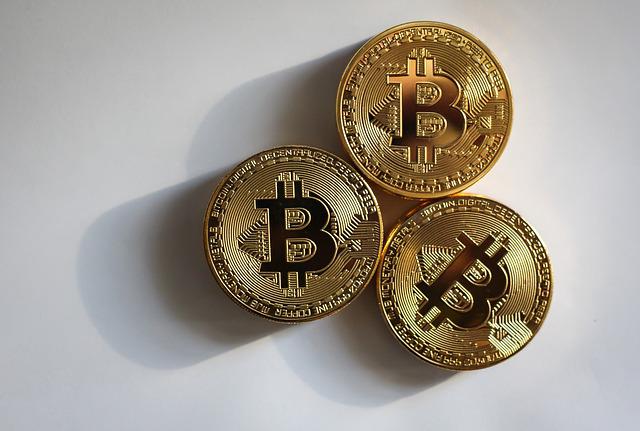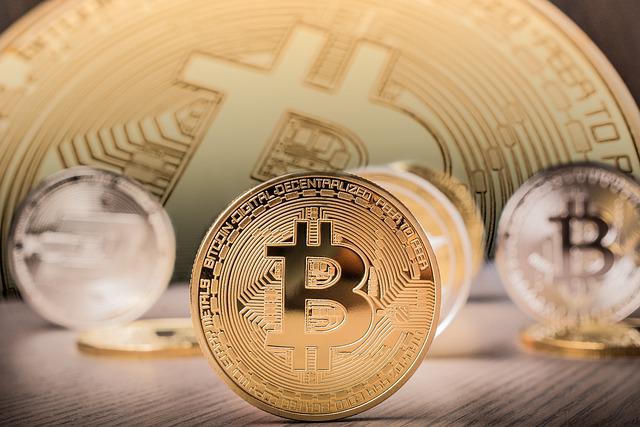What Is Bitcoin?
Describe Bitcoin
By acting as money and a means of payment independent of any one person, organization, or entity, a cryptocurrency like bitcoin eliminates the need for third parties to get involved in financial transactions. It is offered to blockchain miners as payment for their efforts in confirming transactions, and it can be purchased on many different sites.
By utilizing the alias Satoshi Nakamoto, an unidentified developer or group of developers presented Bitcoin to the general public in 2009.
Since then, it has grown to be the most well-known cryptocurrency worldwide. Numerous additional cryptocurrencies have been developed as a result of their popularity.
These competitors either seek to replace it as a means of exchange or are used as utility or security tokens in other blockchains and cutting-edge financial technologies.
Learn more about the first cryptocurrency, including its origin narrative, workings, where to find it, and applications.
KEY LESSONS
- The largest cryptocurrency in the world by market capitalization is Bitcoin, which was launched in 2009.
- In contrast to conventional currency, bitcoin is created, distributed, traded, and stored using a blockchain, a decentralized ledger system.
- The history of Bitcoin as a store of value has been tumultuous; during its relatively brief existence, it has seen several boom and bust cycles.
- As the first virtual currency to experience broad acceptance and success, Bitcoin served as an example for several other cryptocurrencies.
Knowledge about Bitcoin
August 2008 saw the registration of the domain name bitcoin.org.
This domain is WhoisGuard Protected today at least, which means the person who registered its identity is private.
In October 2008, a person or group going by the name Satoshi Nakamoto sent a message on the Cryptography Mailing List at metzdowd.com saying, "I've been working on a new electronic payment system that's fully peer-to-peer, with no trusted third party." The now-famous white paper "Bitcoin: A Peer-to-Peer Electronic Cash System," which was published on Bitcoin.org, would later become the Magna Carta for how Bitcoin functions today.
The very first Bitcoin block, known as Block 0, was created on January 3, 2009. This is sometimes referred to as the "genesis block" and contains the text: "The Times 03/Jan/2009 Chancellor on brink of second bailout for banks," which may serve as both pertinent political commentary and as evidence that the block was mined on or after that date.
On January 8, 2009, the first iteration of the Bitcoin software was made available to the Cryptography Mailing List, and on January 9, 2009, Block 1 was mined and actual Bitcoin was created. mining got underway.
Every 210,000 blocks, bitcoin payouts are half. For instance, the block reward in 2009 was 50 completely new bitcoins. On May 11, 2020, the third halving took occurred, bringing the reward for discovering a block down to 6.25 bitcoins.
The 100 millionths of a bitcoin that makes up the smallest unit of a bitcoin and is divisible to eight decimal places are referred to as a satoshi.
Bitcoin might someday be divided to even more decimal places if necessary and if the active miners agree to the move.
It's not too difficult to understand the idea of using Bitcoin as money. For instance, if you have a bitcoin, you may transmit smaller amounts of that bitcoin to pay for goods or services using your cryptocurrency wallet. However, it becomes quite challenging when you try to understand how it works.
A blockchain and the network needed to power it includes cryptocurrency. A blockchain, often known as a distributed ledger, is a popular database that stores data. Encryption is used by the blockchain to safeguard the data inside. When a transaction happens on the blockchain, data from the prior block is moved to a new block with the new data, encrypted, and the transaction is verified by validators, or miners, in the network. Once a transaction is confirmed, a new block is created and given as a reward to the miner(s) that verified the data in the block, and they are then The new Bitcoin can be used, held, and sold without cost.
Bitcoin uses the SHA-256 hashing method to encrypt the data stored in the blocks on the blockchain. Simply said, transaction data that is stored in a block is encrypted using a 256-bit hexadecimal integer. That number contains all transactional information and details about blocks before that block.
There is a backlog of transactions that must be validated by network miners. In the Bitcoin blockchain network, many miners simultaneously attempt to validate the same transaction. The mining software and hardware work on solving the nonce, a four-byte integer that is part of the block header and is used by miners. The block header is randomly generated or hashed repeatedly by a miner until it reaches a certain value determined by the blockchain. A new block is constructed so that additional transactions may be encrypted and confirmed once the block header has been "solved."
Bitcoin Mining Techniques
Bitcoin mining may be done using a wide range of gear and software. When Bitcoin was originally made available, it was feasible to mine it on a home computer in a competitive manner. However, as the network grew more popular, more miners joined it, which reduced the chance that someone would figure out the hash first. You can still mine using a personal computer with contemporary technology, but the chances of you succeeding on your own are quite low.
This is because you are competing with a network of miners that generate 220 billion (220 quintillions) hashes every second.
6 Application Specific Integrated Circuits (ASICs), which are specially created mining equipment, with a hash rate of around 255 trillion per second. However, a system equipped with the most recent hardware can hash at a rate of around 100 mega hashes per second (100 million).
You have a few alternatives if you want to effectively mine bitcoins. You may join a mining pool and utilize Bitcoin-compatible mining software on your current personal computer. The big ASIC mining farms are challenged by mining pools, which are collections of miners that pool their computing power.
You may also buy an ASIC miner if you have the money to do so. A new one typically costs roughly $20,000, but miners frequently sell used ones when they improve their equipment. If you decide to buy one or more ASICs, there are certain substantial expenditures, such as power and cooling, to take into account.
You have a variety of mining software options and pools to pick from. The two most popular tools are CGMiner and BFGMiner. When selecting a pool, it's crucial to learn how rewards are distributed, what possible fees can apply, and to read mining pool evaluations.
How Can I Purchase Bitcoin?
Bitcoin may be acquired through a cryptocurrency exchange if you don't want to mine it. Most people won't be able to purchase a complete bitcoin because of its high price, but you may use fiat currency like dollars to purchase parts of it on these exchanges. For instance, you can buy bitcoin on Coinbase by creating an account and funding it. You may fund your account with a bank account, credit card, or debit card. More information about buying bitcoin is provided in the video below.
How Does Bitcoin Work?
Initially intended and launched as a peer-to-peer payment system, bitcoin. But as its value rises and it faces competition from other blockchains and cryptocurrencies, its use cases are expanding.
Payment
You need to have a cryptocurrency wallet to utilize your Bitcoin. The private keys for your bitcoin are stored in wallets and must be input when making a transaction. Many businesses, shops, and stores accept bitcoin as payment for products and services.
The phrase "Bitcoin Accepted Here" is typically shown on signs at physical businesses that accept cryptocurrencies. Transactions may be completed using the required hardware terminal or wallet address through QR codes and touchscreen apps. By including Bitcoin as a payment option alongside credit cards, PayPal, and other online payment methods, an online business may quickly start accepting this currency.
Speculating and Investing
As Bitcoin gained prominence, investors and speculators developed an interest in it. Bitcoin sales and purchases were made possible by the emergence of cryptocurrency exchanges between 2009 and 2017. Prices started to increase, and demand climbed gradually up until 2017 when it breached the $1,000 barrier. Many people started buying bitcoins to hold because they thought the price would keep rising. Short-term trading on bitcoin exchanges was introduced by traders, and the sector quickly expanded.
Risks Associated with Buying Bitcoin
Since Bitcoin's price has increased so quickly recently, speculative investors have been interested in it. On December 31, 2019, the price of bitcoin was $7,167.52; a year later, it had increased by more than 300% to $28,984.98. It surged throughout the first half of 2021, reaching a record high price of almost $69,000 in November. It then dropped over the next several months, fluctuating around the $40,000 mark.
Therefore, rather than buying Bitcoin to use as a means of exchange, many people do it for its financial potential. Its digital form and absence of a fixed value, however, make its acquisition and use fraught with dangers. For instance, the Securities and Exchange Commission (SEC), the Financial Industry Regulatory Authority (FINRA), and the Consumer Financial Protection Bureau (CFPB) have all issued many investor advisories involving Bitcoin investment.
- Regulatory risk: The absence of consistent legislation regarding Bitcoin (and other virtual currencies) raises concerns about its durability, liquidity, and applicability to all countries.
- Security risk: The majority of people who use and hold Bitcoin did not obtain their tokens from mining activities. Instead, people use well-known online marketplaces called cryptocurrency exchanges where users can buy and sell Bitcoin and other digital currencies. Since bitcoin exchanges are totally digital, they are susceptible to viruses, hackers, and other operational issues, just like any other virtual system.
- Insurance risk: Neither the Securities Investor Protection Corporation (SIPC) nor the Federal Deposit Insurance Corporation cover Bitcoin or cryptocurrencies (FDIC). Some exchanges use other companies to provide insurance. SFOX, a premier dealer and trading platform declared in 2019 that it will be able to provide FDIC insurance to investors in Bitcoin, but only for the percentage of transactions involving cash.
- Fraud risk: Despite the built-in security safeguards of a blockchain, there is still room for fraudulent conduct. For instance, the SEC filed a lawsuit in July 2013 against the owner of a Ponzi operation involving Bitcoin.
- Market risk: Just as with other investments, the value of bitcoin might change. The currency's value has fluctuated dramatically during its brief existence. It is very sensitive to any noteworthy occurrences and is subject to a large volume of buying and selling on exchanges. According to the CFPB, Bitcoin's price dropped by 61% in a single day in 2013, and by as much as 80% in a single day in 2014.






